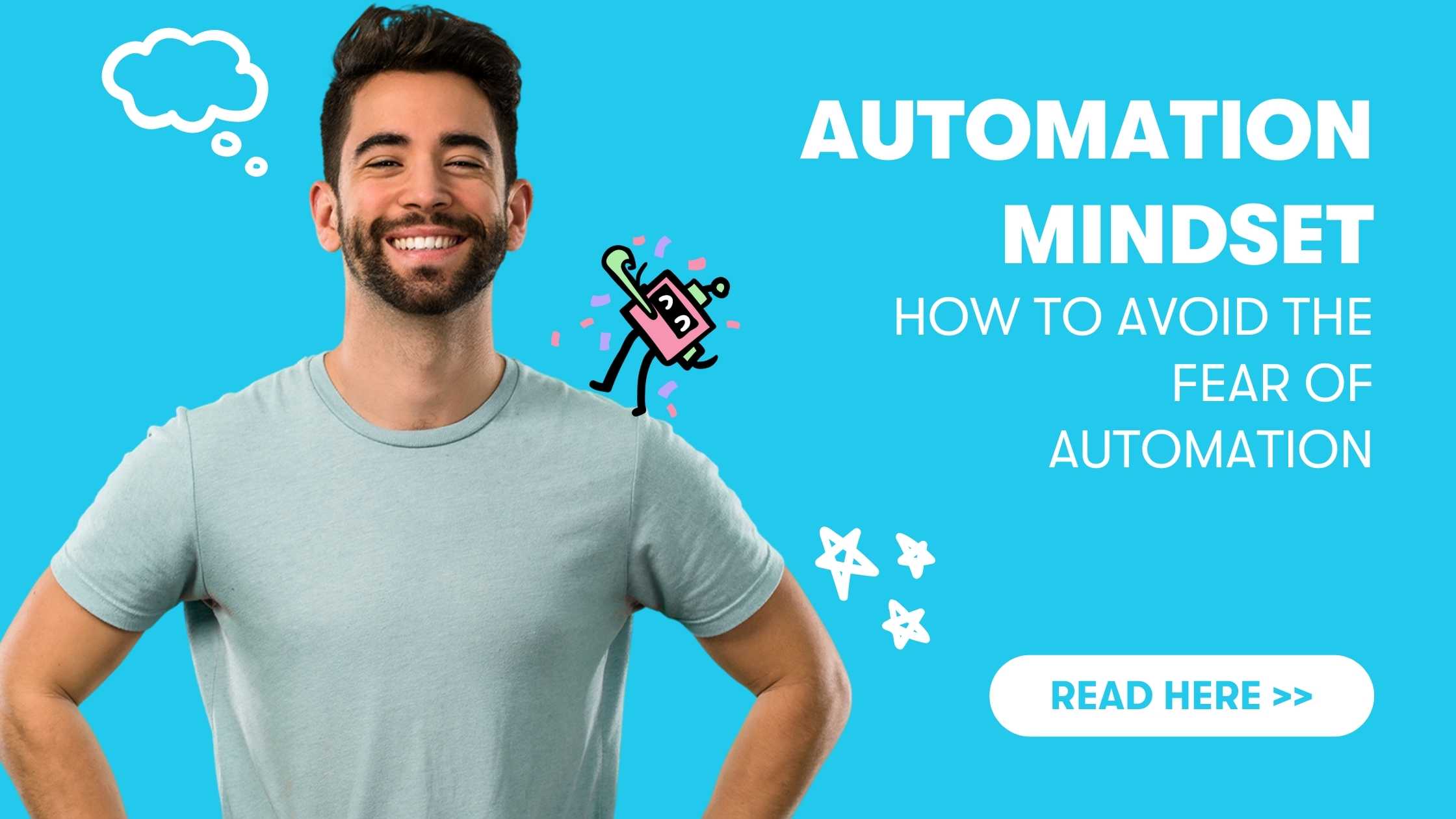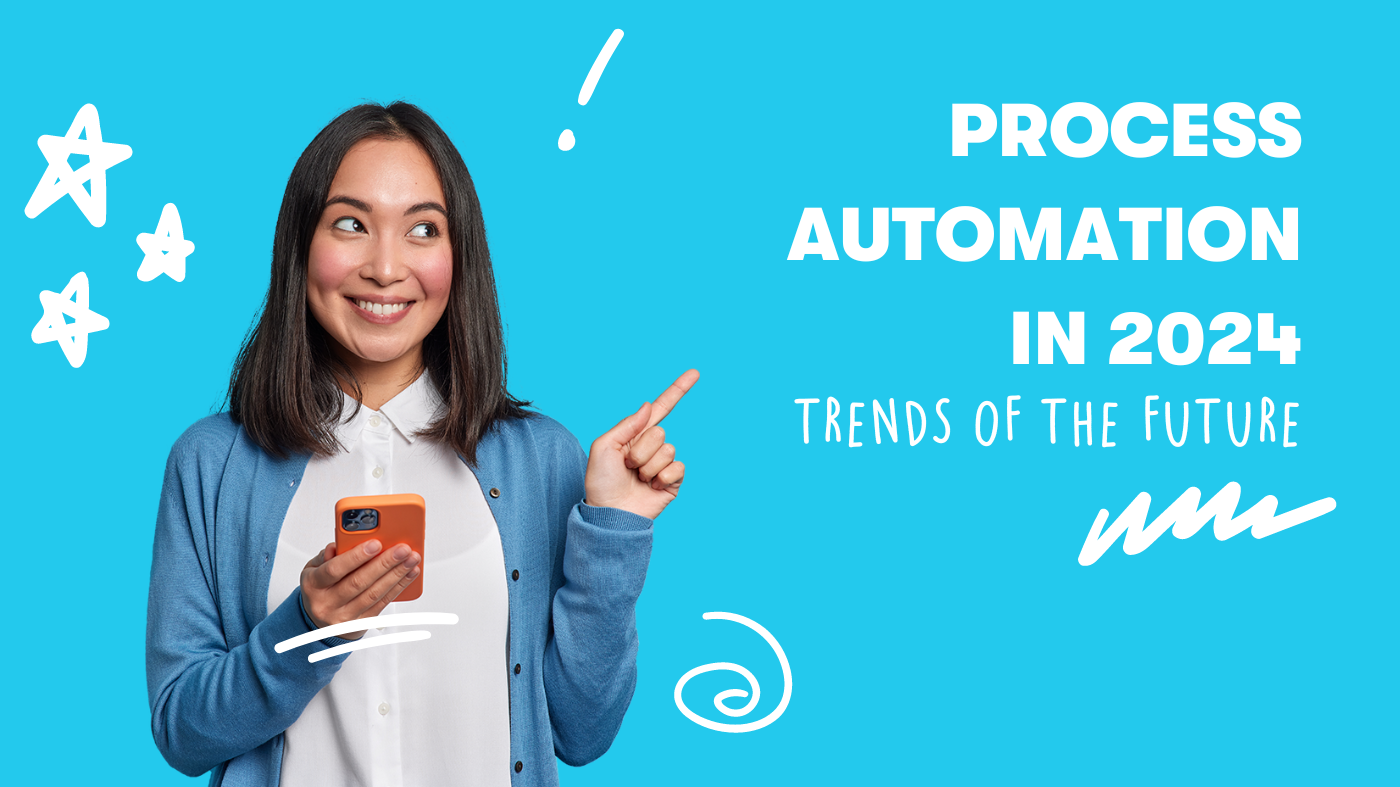💬 How to measure the ROI of AI upskilling (without losing your mind)
What you will learn today:
→ 🌟 Defining what success looks like for your learning initiatives.
→ ⏰ Getting the timing right when measuring results.
→ 📊 Focusing on the metrics that truly matter.
→ 💸 Showing ROI without drowning in spreadsheets.
→ 💜 Turning your data into stories people actually remember.
Let’s be honest: AI upskilling sounds great on paper. But at some point, someone (probably your CFO 👀) will ask:
“So… how do we actually know this is working?”
And this might be you if you haven’t read this article:
If that question makes you slightly panic, you’re not alone. Measuring the return on learning for AI training can sound intimidating : data, KPIs, surveys, formulas… Ugh.

But here’s the truth: it doesn’t have to be complicated. With a clear framework and a few simple check-ins, you can tell a real story about what’s changing, for people and for the business.
At Bots & People, we like to keep things practical, human, and very passionately live for making learning not boring (#nomoreboring). So here’s our take on how to measure the ROI of AI upskilling without drowning in spreadsheets.
🌟 Start with what “success” really means
Most teams jump straight to numbers. But before we calculate anything, we need to start from the bottom: What does success actually look like for your team?
That’s exactly the kind of question the Kirkpatrick Model helps you answer. Originally developed by Donald Kirkpatrick, Ph.D., this model helps you understand the real effectiveness of a learning program. Instead of focusing only on satisfaction or completion rates, it looks at what actually changes after people learn something new. It’s been used in L&D for decades because it gives you a clear way to connect learning to behavior and results. In other words, it helps you see how learning turns into impact.
Here’s how it works:
- Reaction: Did people find the training useful? Did it spark curiosity?
- Learning: What new knowledge or skills did they actually gain?
- Behavior: Are they putting it into practice at work?
- Results: What changed because of it? E.g., faster processes, happier teams, fewer bottlenecks?
- And finally, ROI: What’s the financial value of those results?
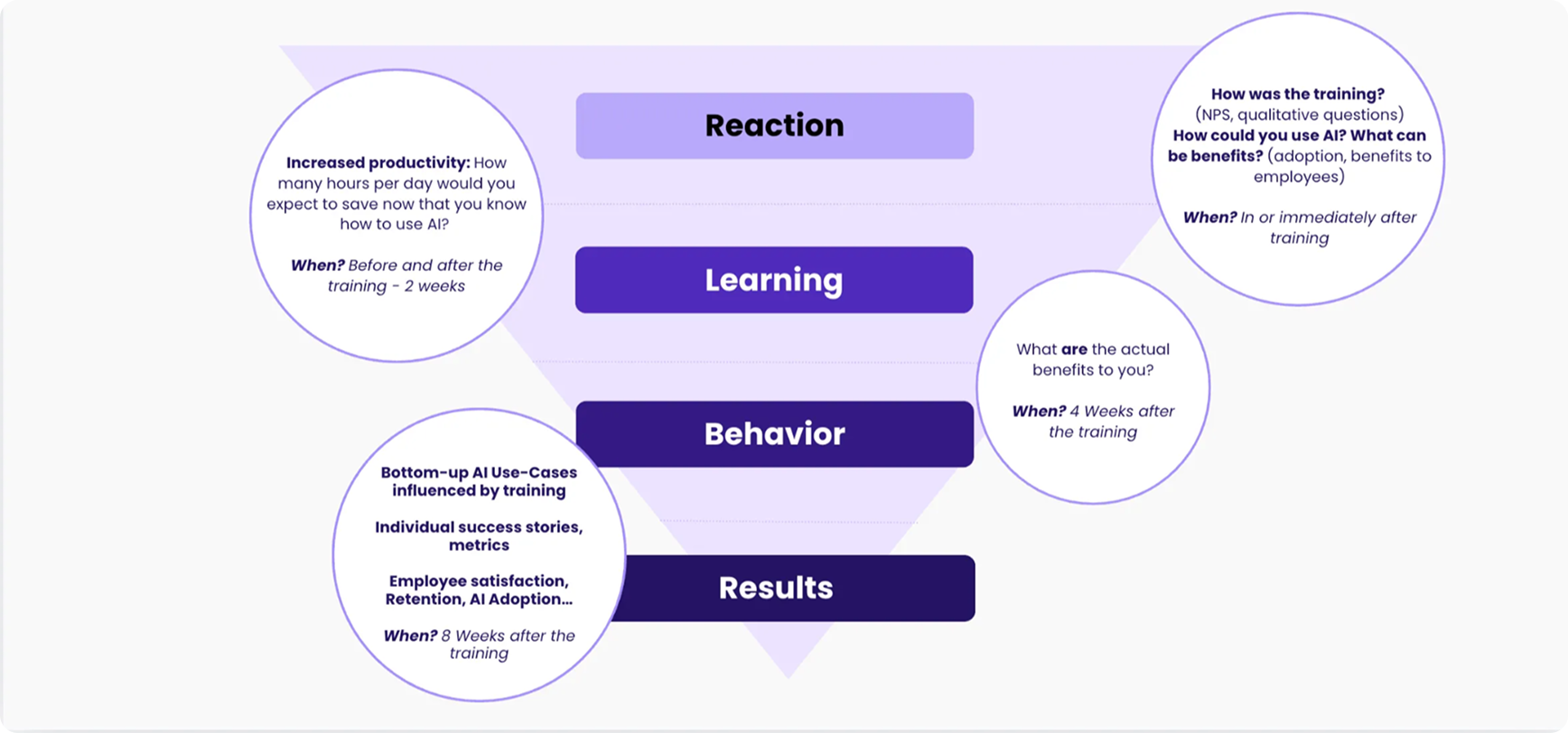
Each step builds on the one before it. You start by checking if people care, then if they learned, then if they use it, and finally what kind of impact that creates.
The beauty of this model is that it helps you see the full learning journey from start to finish: from people’s first impressions to real, measurable outcomes.
Think of it as a story: ask your participants...
Beginning: Did they like it?
🌟 This is your inciting incident. The training should spark curiosity, energy, and motivation to keep going.
Middle: Did they learn it, and are they using it?
🌟 This is the rising action. People experiment with AI tools, build confidence, and begin applying what they’ve learned in real life.
End: Did it make a difference, and was it worth it?
🌟 This is the climax and resolution. You see real results, impact, and ROI in both numbers and stories.
This simple story arc is your measurement roadmap. It helps sharpen your goals, guide your learning journey, and gives you a north star to not only drive results but show them off as well.
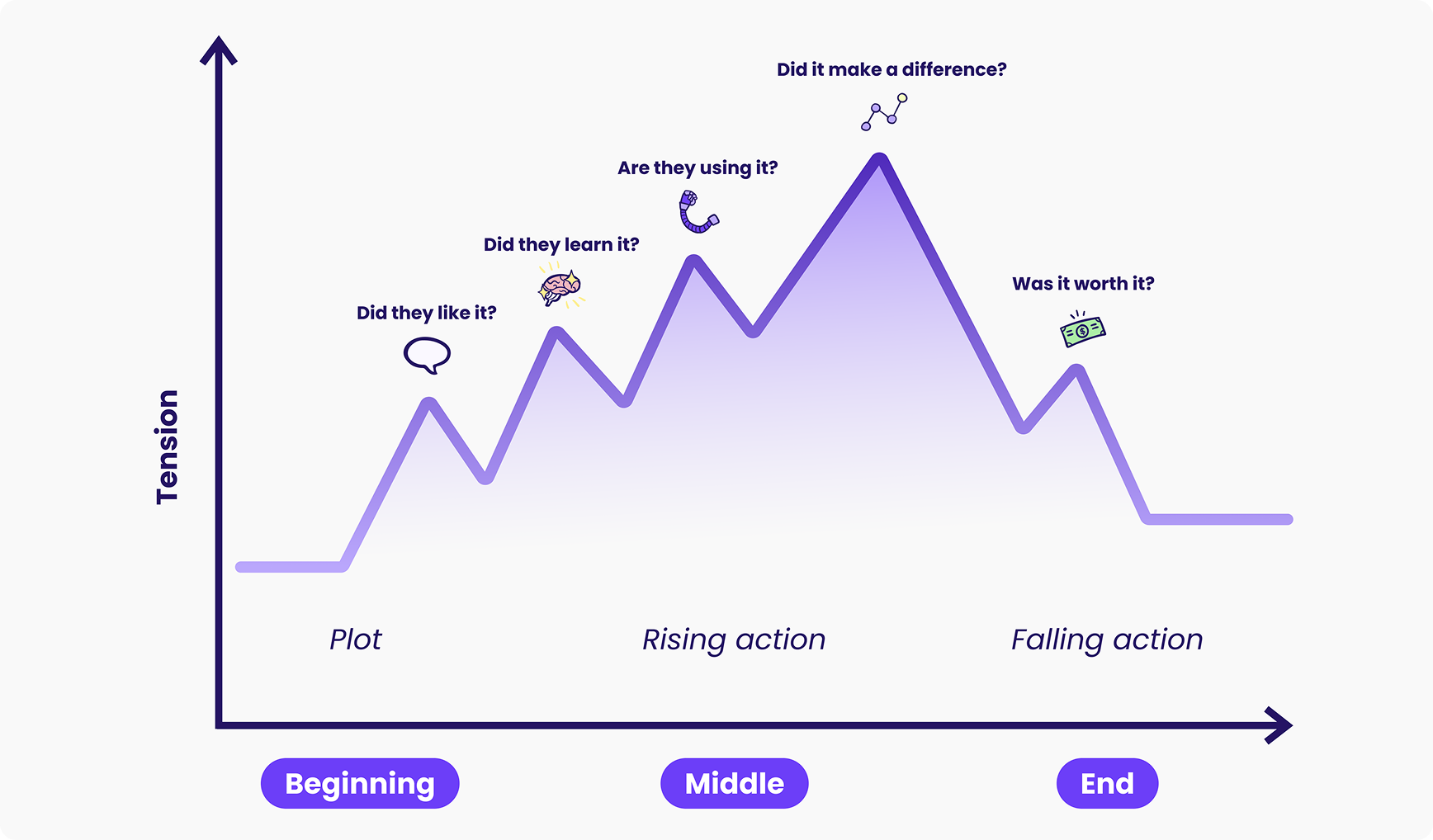
⏰ Timing matters (a lot)
Here’s a secret: you don’t need to wait six months to see if your AI training made an impact. AI skills show results fast, sometimes within days. So instead of huge yearly evaluations, we like to run short check-ins that actually fit the learning curve.
How your feedback could look on a timeline:
→ Right after the training, ask quick simple questions: “How was it?” “How do you think you’ll use this?”→
→ Two weeks later, measure what changed in daily work: “How many minutes are you saving per day now that you’re using AI?”
→ At the four-week mark, check for early results: “What’s already working better?” “What small wins have you seen?”
→ And around eight weeks in, gather the bigger story: the use cases that popped up, the workflows that got smoother, the people who suddenly found time to breathe again. It’s not about gathering more data.
It’s about gathering meaningful data that tells you where real behavior change is happening.
📊 The metrics that matter (and the ones that are more of nice to have’s)
Rather than solely focusing on how many people attended or how many slides you showed, think about measuring what changed in how people work. Here are a few of our go-to signals of success:
- Time saved: How much faster can people complete everyday tasks?
- Confidence: Are they feeling equipped to use AI tools without fear?
- Adoption: How many employees are actually using AI weekly?
- Innovation: Are they finding new, creative ways to apply AI?
- Satisfaction: Do people feel their work got easier, not harder?
If you’re tracking these, you’re already ahead of most organizations.
💸 Okay, but what about the ROI?

Here’s a simple example. Let’s say you trained 100 employees. After a few weeks, they report saving about 25 minutes per day thanks to AI.
🤓 Let’s do the math:
0.4 hours × 220 workdays × €50/hour × 100 people = €462,000 saved per year.
If your total training cost was €90,000, that’s roughly a 413% ROI! Even if you cut those numbers in half to stay on the safe or more conservative side, it’s still a strong case for continuing your AI upskilling initiatives.
But here’s the real value. It’s not just about euros saved. It’s about the mindset shift that happens when people start to understand the benefits of using AI. They become more confident, more curious, and more prepared for what comes next. That kind of transformation might not show up in a spreadsheet, but you can see it every day in the way teams collaborate, solve problems, and talk about their work.
💜 Stories make the data real
Here’s the thing: data convinces minds, but stories move hearts.
Research in psychology shows that we remember information better when it connects with emotion and imagery. When something feels human and meaningful, our brains light up in ways that plain numbers can’t.
That’s why storytelling is such a powerful communication tool. As Chip and Dan Heath explain in Made to Stick, stories help people understand and care about ideas because they make information concrete and relatable. They turn numbers into meaning.
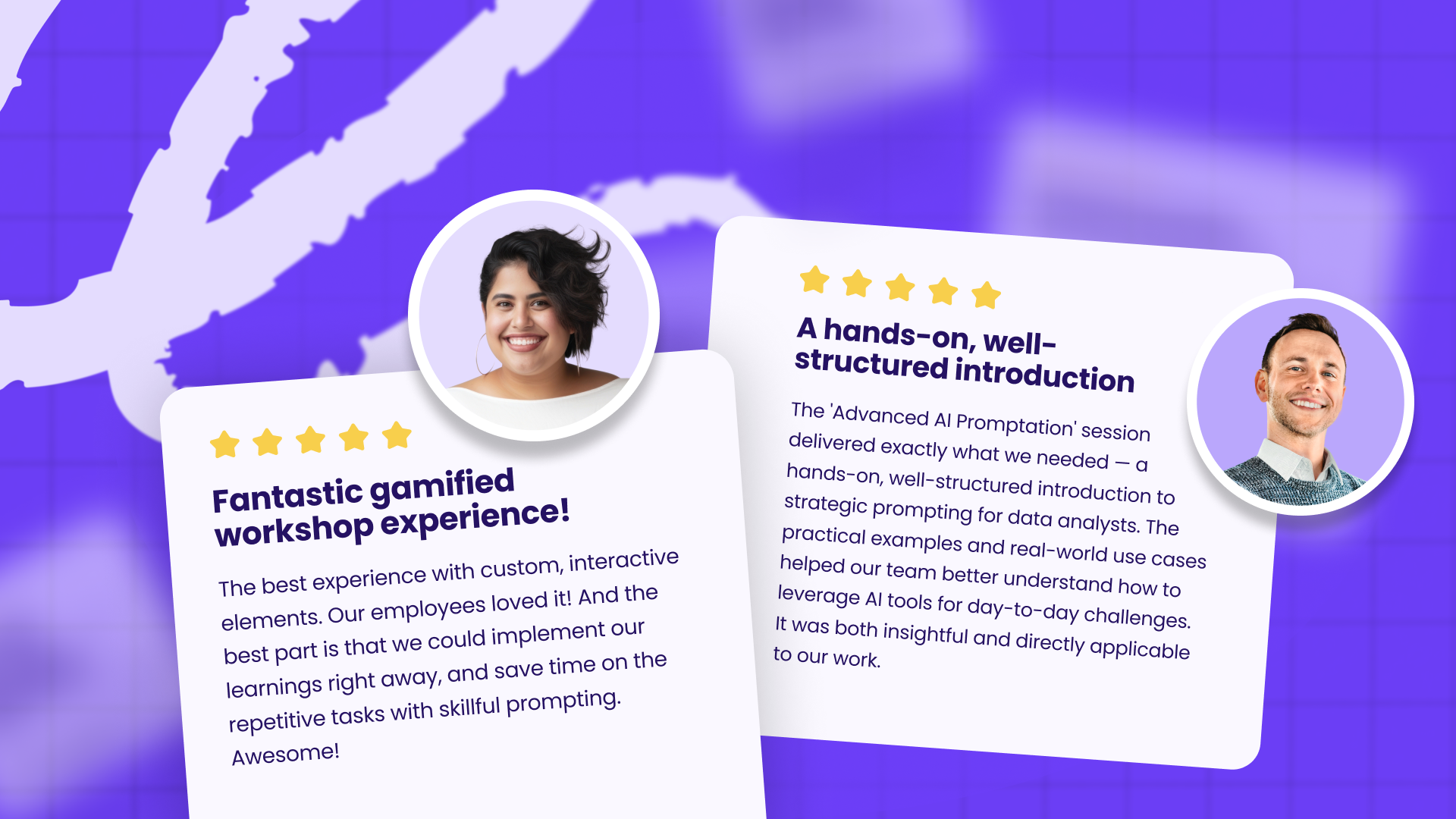
Pair your ROI data with short, real examples. Think about a project manager who now writes reports in half the time, or a team that automated a repetitive task and finally got their creative spark back.
These moments turn metrics into something people can actually feel. When you connect data to people with names, goals, and small victories, you’re not just reporting results. You’re showing what impact really looks like!
🌟 Wrapping it up
Measuring the ROI of AI upskilling doesn’t have to feel like a science experiment. It starts with curiosity, small consistent habits, and a mindset that values progress over perfection.
Begin with simple questions, track your impact early and often, and celebrate every win (both the human and the measurable ones). Because when people feel confident using AI, the real return isn’t only in cost savings. It’s in time reclaimed, creativity unleashed, and teams empowered to shape the future together.


